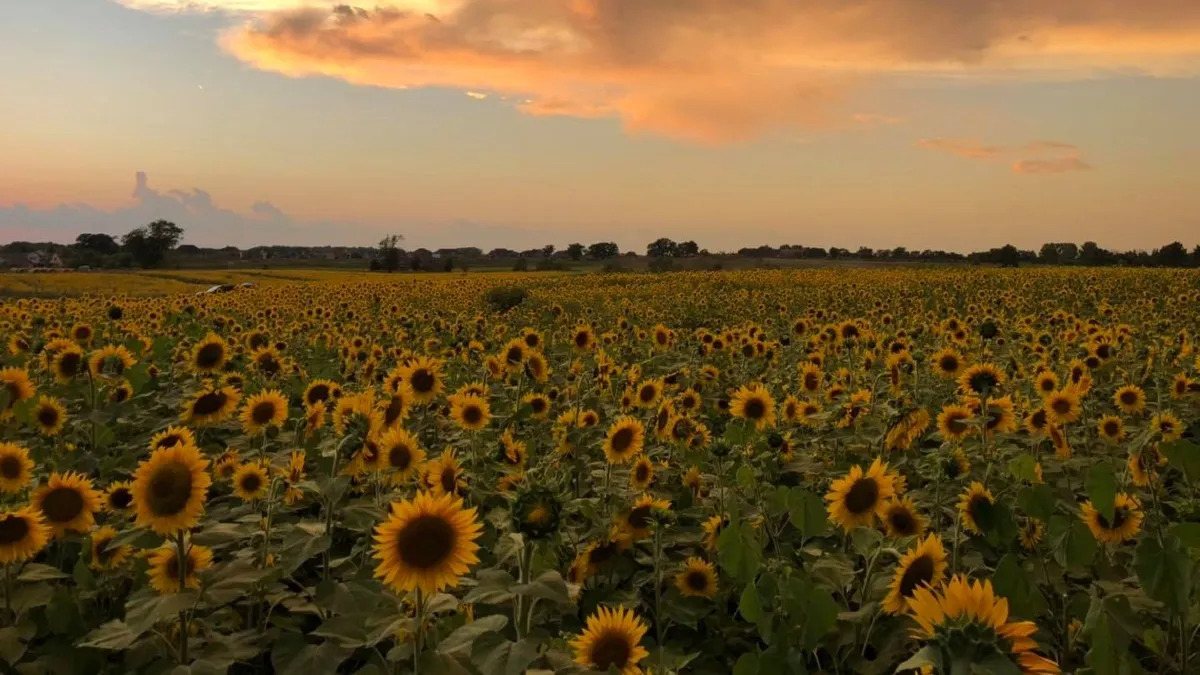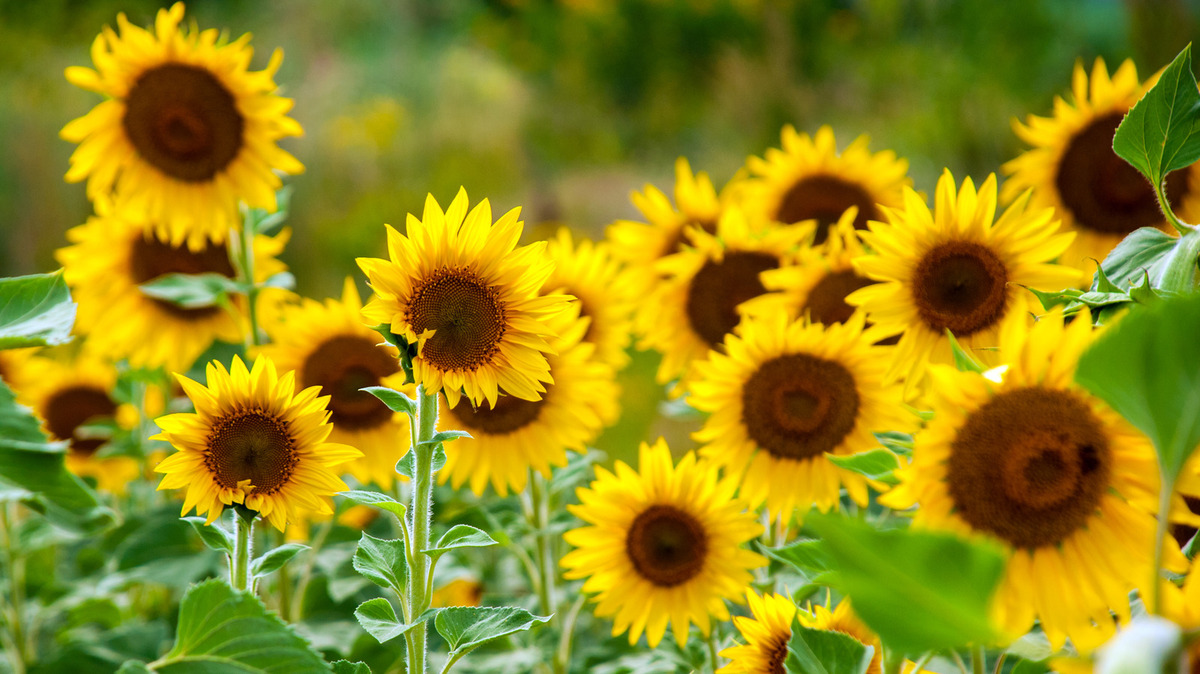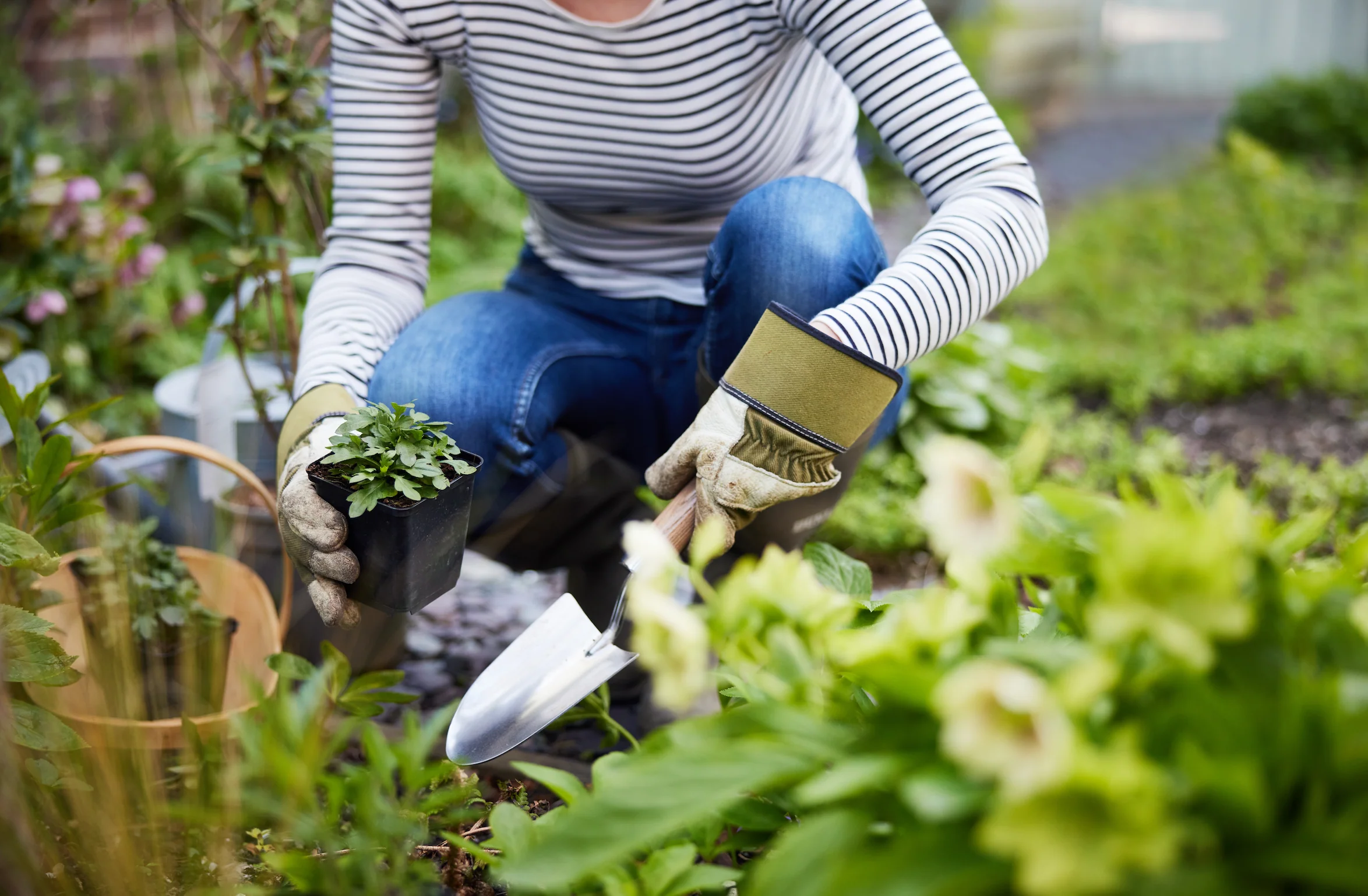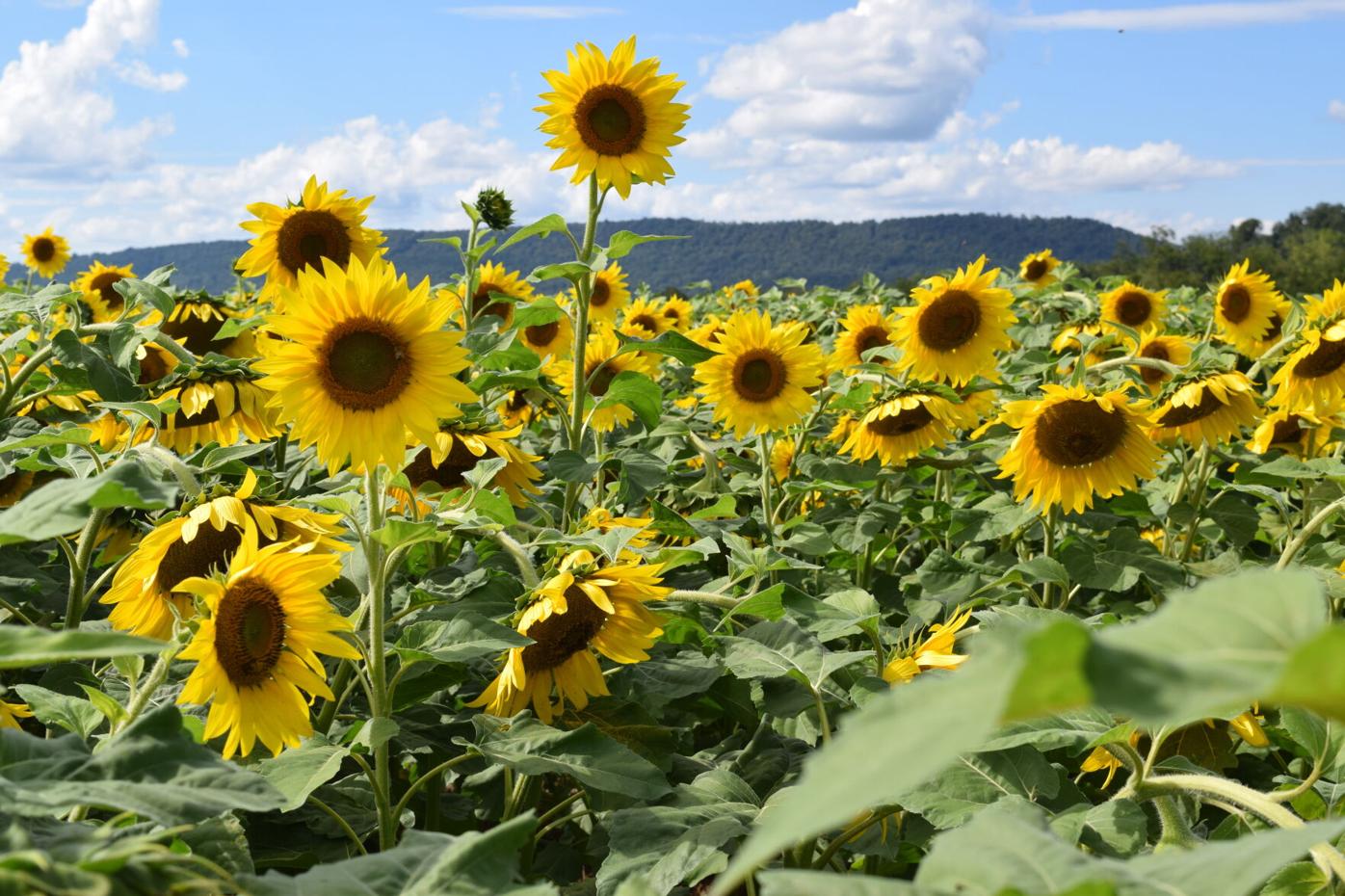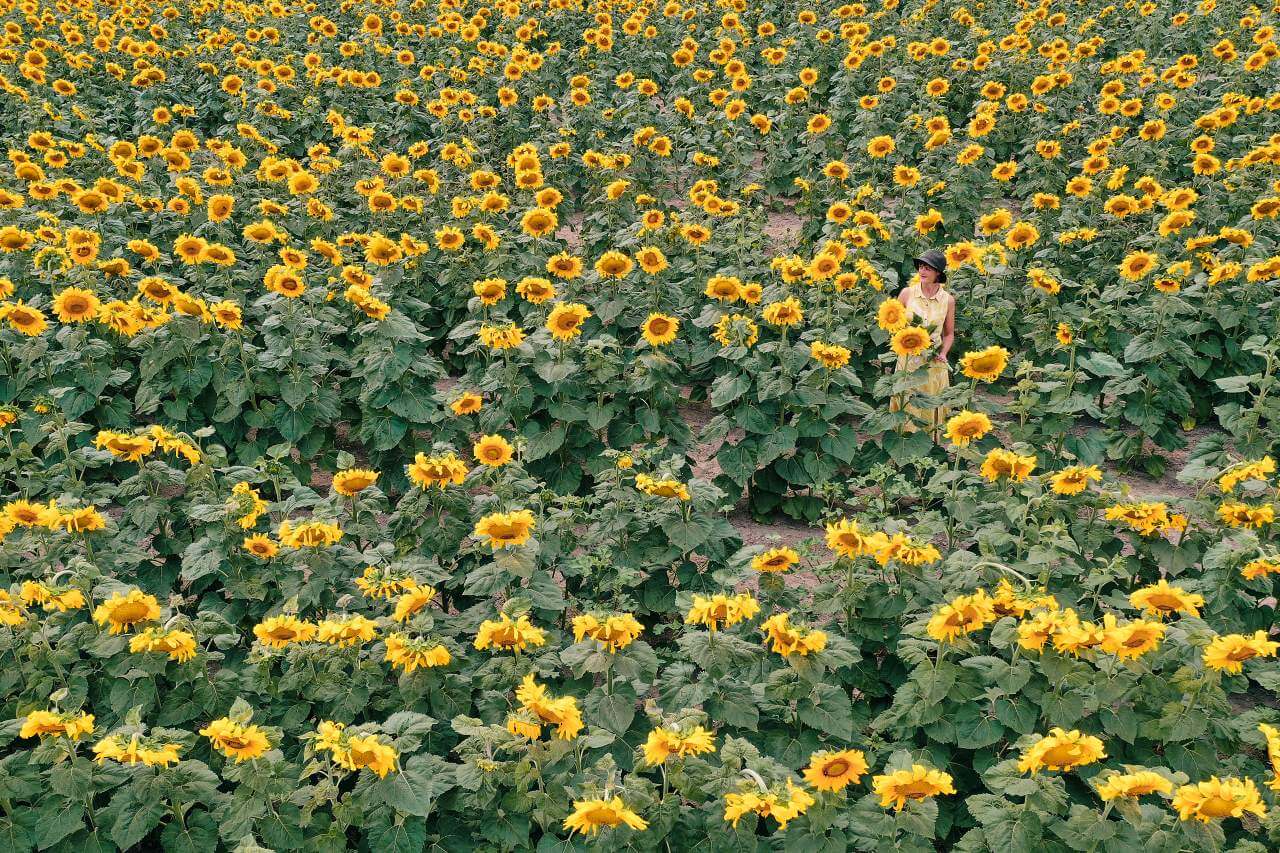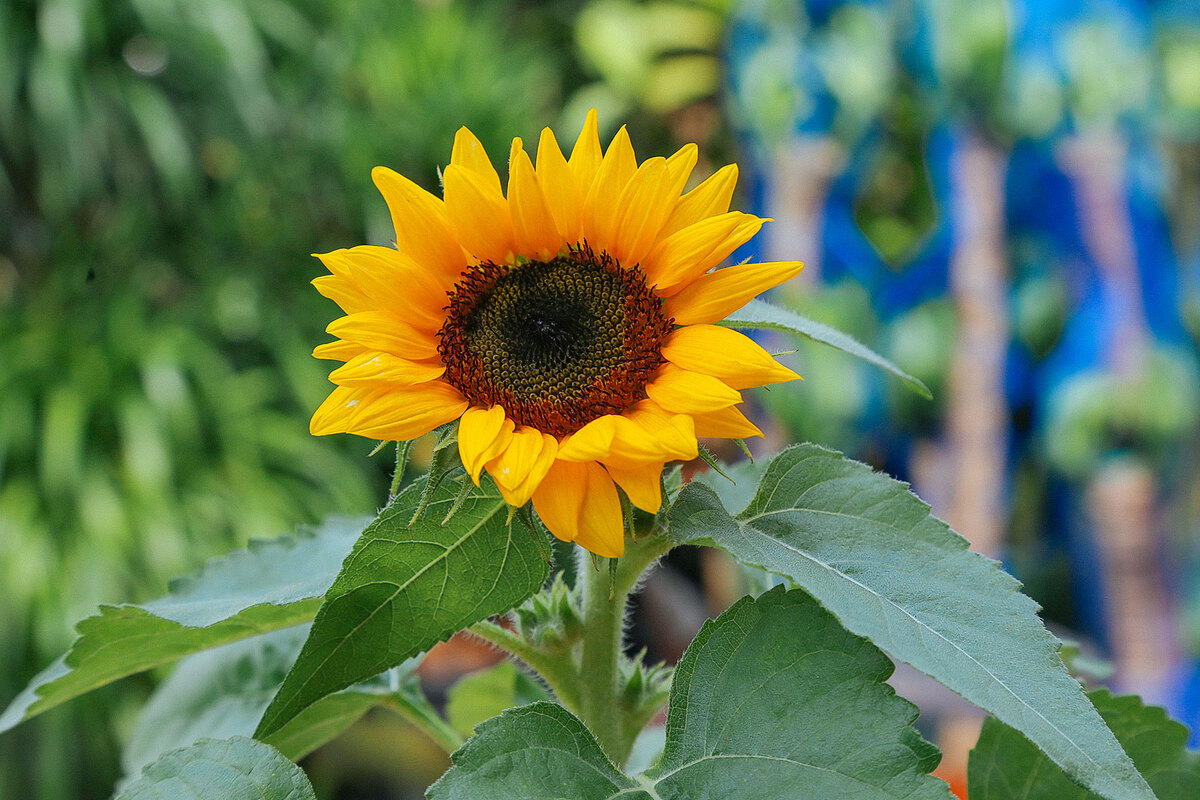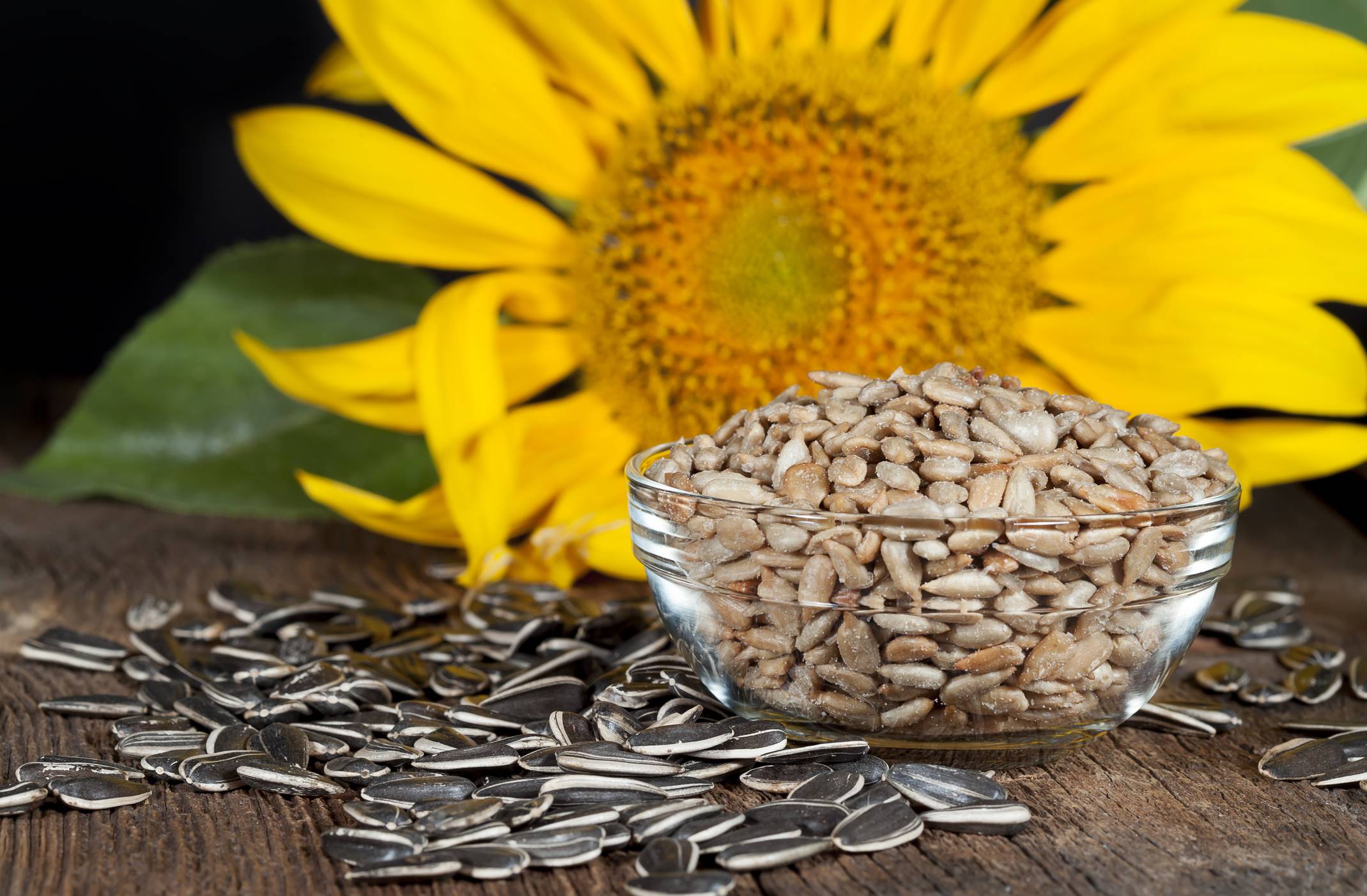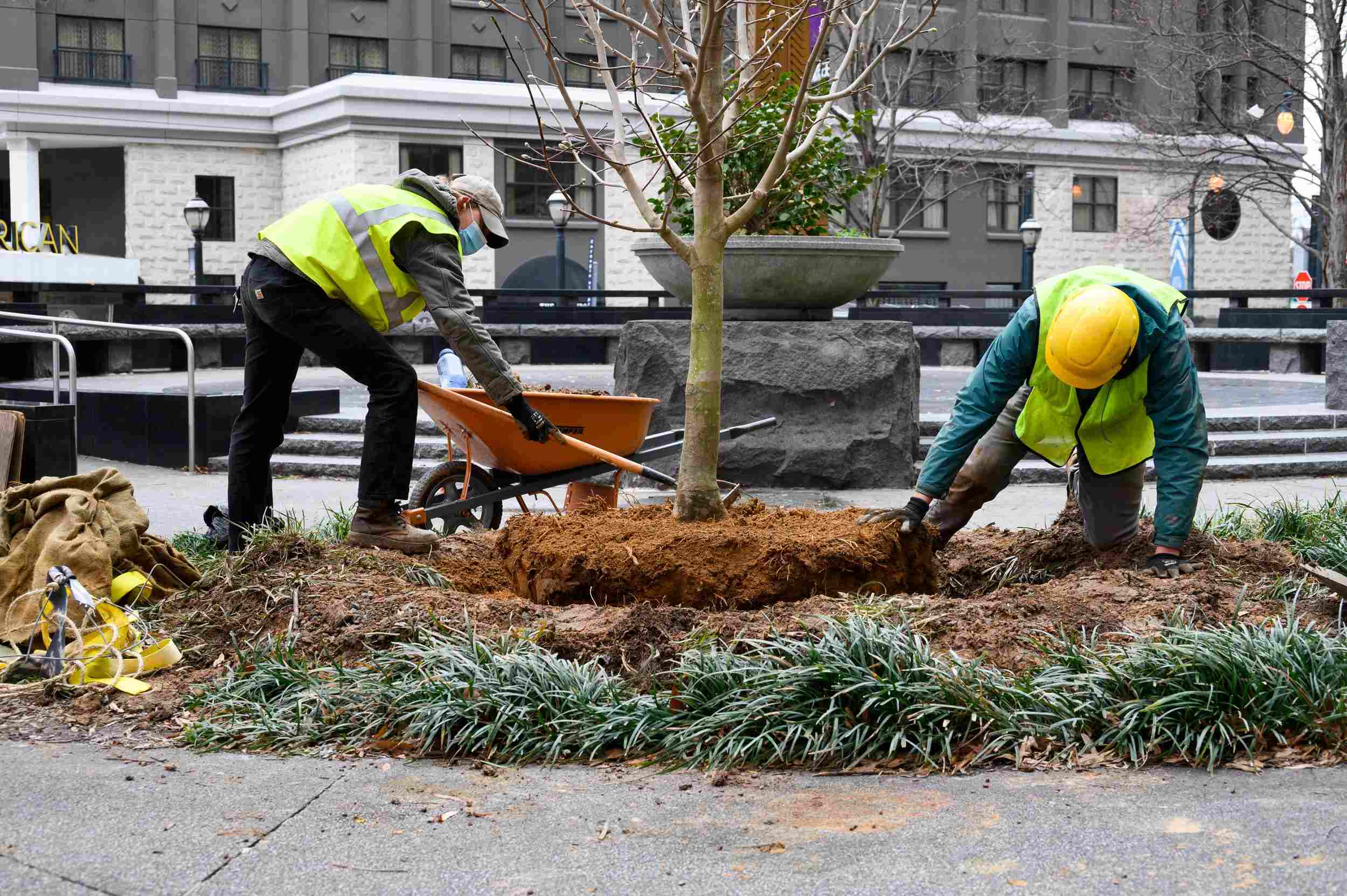Home>Types of Gardening>Ornamental Gardening>When To Plant Sunflowers In Georgia


Ornamental Gardening
When To Plant Sunflowers In Georgia
Modified: January 22, 2024
Discover the best times for planting sunflowers in Georgia with our expert ornamental gardening tips. Ensure a successful and vibrant garden all season long.
(Many of the links in this article redirect to a specific reviewed product. Your purchase of these products through affiliate links helps to generate commission for Chicagolandgardening.com, at no extra cost. Learn more)
Table of Contents
**
Introduction
**
Welcome to the beautiful state of Georgia, where the warm climate and fertile soil create an ideal environment for ornamental gardening. Among the many stunning flowers that thrive in Georgia, sunflowers hold a special place with their vibrant blooms and cheerful demeanor. Whether you're a seasoned gardener or just starting out, growing sunflowers in Georgia can be a rewarding experience. In this guide, we will explore the best practices for planting, caring for, and harvesting sunflowers in the Georgia climate. From understanding the local soil conditions to selecting the right sunflower varieties, this article will equip you with the knowledge needed to cultivate these iconic flowers successfully.
As you embark on your sunflower-growing journey, you'll discover the joy of nurturing these resilient plants and witnessing their remarkable growth. Whether you're planning to add a splash of color to your garden, create a picturesque backdrop for outdoor events, or simply enjoy the sight of these majestic blooms, sunflowers are a delightful addition to any Georgia landscape. Join us as we delve into the world of sunflower cultivation, and let's sow the seeds of knowledge that will blossom into a flourishing sunflower garden in the heart of Georgia.
**
Climate and Soil Conditions in Georgia
**
Before diving into the specifics of planting sunflowers, it’s crucial to understand the unique climate and soil conditions that characterize Georgia. The state experiences a humid subtropical climate, marked by hot and humid summers, mild winters, and ample rainfall throughout the year. These climatic traits create an environment that is generally favorable for a wide range of plant species, including sunflowers.
When it comes to soil, Georgia boasts diverse types, ranging from sandy soils in the coastal regions to rich, loamy soils in the central and northern areas. The soil composition plays a pivotal role in determining the success of sunflower cultivation. Sunflowers thrive in well-drained soil with a slightly acidic to neutral pH level. Additionally, they benefit from soil that is rich in organic matter, as it provides essential nutrients and promotes healthy root development.
Understanding the local climate and soil conditions empowers gardeners to make informed decisions when selecting sunflower varieties and implementing cultivation practices. By leveraging this knowledge, you can optimize the growing environment for sunflowers, ensuring that they receive the necessary support to flourish in Georgia’s unique landscape.
**
Best Time to Plant Sunflowers in Georgia
**
Timing is key when it comes to planting sunflowers in Georgia. The optimal window for sowing sunflower seeds in Georgia spans from late March to mid-April. During this period, the soil has warmed up sufficiently, creating favorable conditions for germination and early growth. By aligning the planting schedule with this timeframe, gardeners can capitalize on the longer daylight hours and warmer temperatures, which are conducive to robust sunflower development.
It’s important to note that sunflowers are sensitive to frost, so it’s advisable to avoid planting them too early in the season. By waiting until late March, you can minimize the risk of frost damage and give your sunflowers a strong start. Additionally, planting during this timeframe allows the flowers to mature and bloom during the peak of summer, maximizing their exposure to sunlight and warmth.
For those aiming to extend the blooming period of sunflowers, successive plantings can be carried out at two to three-week intervals throughout the spring, ensuring a continuous display of radiant blooms. This approach not only prolongs the visual impact of sunflowers but also provides ongoing nectar and pollen sources for local pollinators, contributing to the overall ecological balance in the garden.
By strategically timing the planting of sunflowers in Georgia, gardeners can harness the natural rhythms of the seasons to cultivate flourishing and resilient sunflower displays that embody the spirit of the state’s sunny landscapes.
**
Sunflower Varieties for Georgia
**
When selecting sunflower varieties for cultivation in Georgia, it’s essential to consider factors such as bloom size, color, and overall adaptability to the local climate. Fortunately, there are numerous sunflower cultivars that thrive in Georgia’s growing conditions, offering a diverse array of colors, heights, and bloom forms to suit different preferences and gardening objectives.
One popular choice is the "Autumn Beauty" sunflower, known for its stunning mix of warm hues, including shades of gold, bronze, and burgundy. This variety not only adds a vibrant touch to the garden but also attracts pollinators and beneficial insects, contributing to the overall biodiversity of the landscape. For those seeking a classic sunflower with a traditional appearance, "Sunbright" and "Lemon Queen" varieties are excellent options, featuring large, golden-yellow blooms that exude a timeless charm.
For gardeners interested in cultivating sunflowers for ornamental and cut-flower purposes, the "Moulin Rouge" variety presents an enticing choice. With its deep red petals and dark centers, this cultivar adds a dramatic flair to floral arrangements and garden landscapes, making it a standout selection for those with a penchant for bold and captivating blooms.
It’s worth noting that certain sunflower varieties, such as "Evening Sun" and "Italian White," exhibit multi-branching growth habits, producing an abundance of blooms on each stem. This trait not only enhances the visual impact of the plants but also extends the flowering period, ensuring a prolonged spectacle of radiant sunflower displays throughout the season.
By exploring the diverse range of sunflower varieties suited for Georgia’s climate, gardeners can curate enchanting displays that reflect their unique aesthetic preferences while thriving in the state’s fertile soil and abundant sunshine.
**
Planting and Caring for Sunflowers in Georgia
**
Planting and caring for sunflowers in Georgia involves a series of thoughtful steps to ensure the successful growth and development of these iconic blooms. To begin, select a well-drained location that receives ample sunlight, as sunflowers thrive in full sun exposure. Prepare the soil by incorporating organic matter, such as compost, to enrich its nutrient content and improve its texture. When planting sunflower seeds, space them according to the specific requirements of the chosen variety, typically allowing 6 to 18 inches between each seed, depending on the expected mature size of the sunflower plants.
After planting, maintain consistent moisture levels in the soil, ensuring that it remains evenly moist but not waterlogged. As the sunflowers germinate and grow, regular watering is essential, particularly during dry spells. Applying a layer of mulch around the base of the plants helps retain soil moisture and suppress weed growth, contributing to the overall health of the sunflowers.
As the sunflowers reach maturity, providing support, such as staking or trellising, may be necessary to bolster the plants and prevent them from bending or toppling under the weight of their large blooms. Additionally, incorporating a balanced fertilizer into the soil during the early stages of growth can fortify the sunflowers with essential nutrients, fostering robust stem and foliage development.
Throughout the growing season, monitor the sunflowers for signs of pests and diseases, addressing any issues promptly to safeguard the plants’ vitality. Common pests that may affect sunflowers include aphids and caterpillars, while fungal diseases such as powdery mildew can arise under humid conditions. Employing organic pest control methods and practicing good garden hygiene can help mitigate these challenges and preserve the health and vigor of the sunflowers.
By nurturing sunflowers with attentive care, from planting to maturity, gardeners can witness the splendid transformation of seedlings into majestic blooms, adorning the Georgia landscape with their radiant presence.
**
Harvesting Sunflowers in Georgia
**
As the summer days wane and the vibrant blooms of sunflowers reach their peak, the time for harvesting approaches in the Georgia landscape. Harvesting sunflowers is a gratifying culmination of the gardening journey, offering an opportunity to gather the bountiful rewards of the season and preserve the sunflowers’ beauty and utility.
When determining the ideal time for harvesting sunflowers, observe the flower heads closely. As the petals wilt and the center of the flower transforms into a dense mass of seeds, the sunflower is nearing maturity. At this stage, the back of the flower head changes from green to yellow or brown, indicating that the seeds are ripening and approaching readiness for harvest.
To harvest sunflowers for ornamental purposes, such as creating vibrant floral arrangements, cut the flower stems with sharp pruners or shears, leaving a generous length of stem for arranging and displaying the blooms. For those intending to harvest sunflower seeds, allow the flower heads to remain on the plants until the backs turn brown and the seeds become plump and firm. At this point, cut the flower heads from the stems and hang them in a well-ventilated area to dry, facilitating the extraction of the seeds once they have thoroughly cured.
When collecting sunflower seeds, gently rub the seed heads to dislodge the seeds, then winnow and sieve them to separate the seeds from the chaff. The harvested seeds can be roasted for a delectable and nutritious snack, pressed for their oil, or stored for future planting, perpetuating the cycle of sunflower cultivation and reaping the benefits of the harvest.
Harvested sunflowers also present an opportunity to gather and preserve the seeds for wildlife and bird-feeding stations, contributing to the local ecosystem and fostering a harmonious coexistence with nature. By sharing the abundance of sunflower seeds with feathered visitors, gardeners can witness the joyous sight of birds flocking to partake in the harvest, adding an enchanting dimension to the post-harvest landscape.
The act of harvesting sunflowers in Georgia encapsulates the essence of the gardening experience, harmonizing the rewards of diligence and nurturing with the natural rhythms of the seasons, and celebrating the enduring beauty and utility of these iconic blooms.
**
Conclusion
**
Embarking on the journey of planting, nurturing, and harvesting sunflowers in Georgia unveils a tapestry of natural beauty, resilience, and abundance. As the vibrant blooms grace the landscape with their radiant presence, they symbolize the enduring spirit of the state’s ornamental gardening tradition, inviting both seasoned horticulturists and budding enthusiasts to partake in the timeless art of cultivating sunflowers.
Throughout this guide, we’ve explored the intricate interplay between Georgia’s climate, soil conditions, and the optimal timing for planting sunflowers, illuminating the pathways to successful cultivation. By understanding the nuances of the local environment and selecting suitable sunflower varieties, gardeners can curate captivating displays that thrive in Georgia’s fertile soil and abundant sunshine.
From the selection of sunflower varieties that embody diverse colors, forms, and growth habits to the meticulous care and attention bestowed upon the plants during their growth cycle, the journey of cultivating sunflowers in Georgia is a testament to the rewards of dedication and stewardship. It is a journey that encompasses the joy of witnessing the sunflowers’ transformation from seedlings to resplendent blooms, the satisfaction of harvesting and preserving their bounty, and the harmonious coexistence with nature that permeates the gardening experience.
As the sunflowers bloom and mature, they weave a narrative of vitality and abundance, enriching the Georgia landscape with their vibrant hues and uplifting presence. Whether adorning garden beds, adorning floral arrangements, or nourishing local wildlife, sunflowers embody the spirit of generosity and interconnectedness, fostering a sense of harmony within the natural world.
In essence, the cultivation of sunflowers in Georgia transcends the act of gardening; it is a celebration of resilience, beauty, and the timeless rhythms of nature. It is an invitation to embrace the simple pleasures of tending to the earth, sowing the seeds of hope and renewal, and reaping the abundant rewards that flourish under the nurturing gaze of the Georgia sun.
